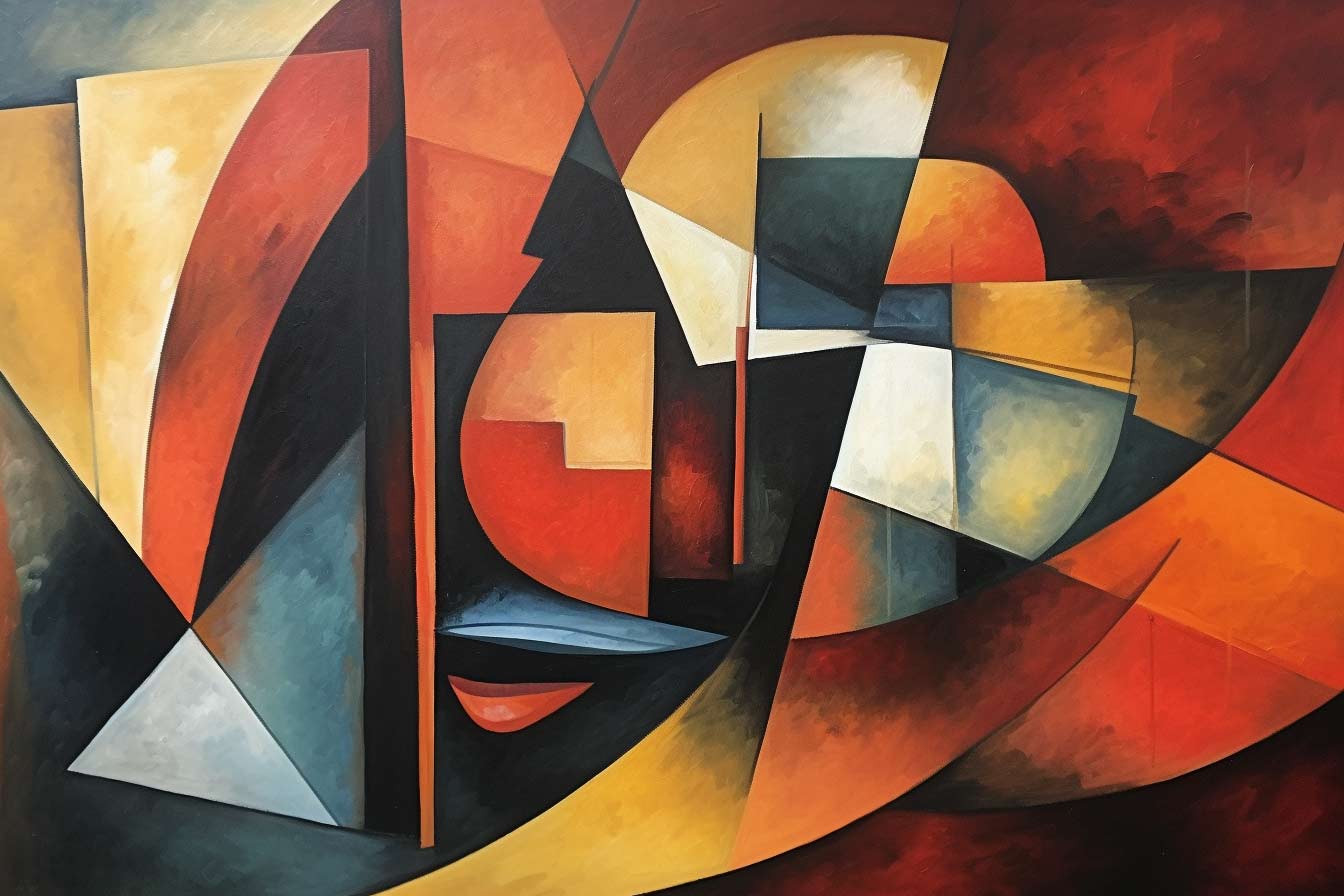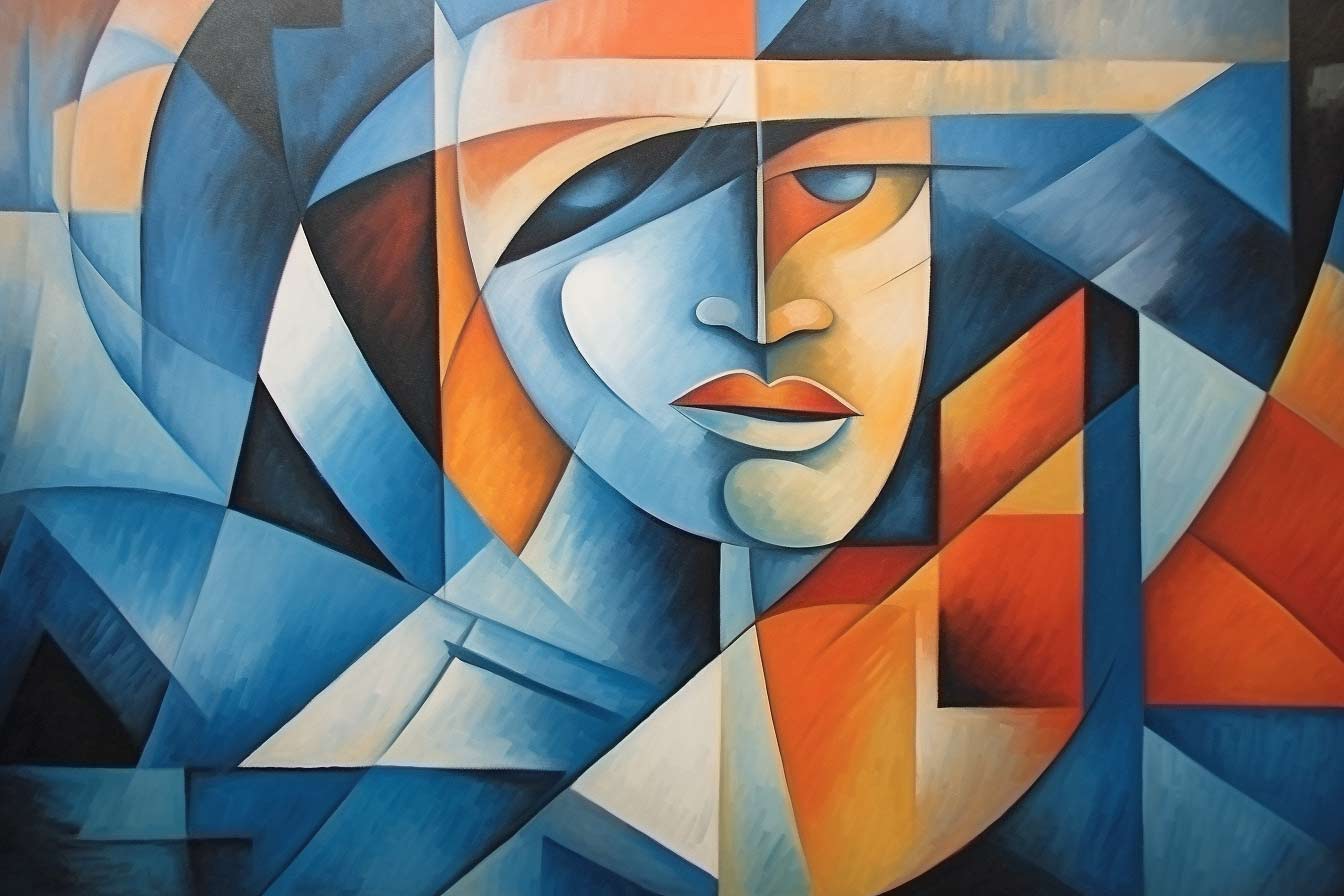Cubism Bot
Explore beyond the biographies. Whether you’re fascinated by Cubist techniques, symbolism, or its impact on modern art—you now have a dedicated space to ask questions and dive deeper into its legacy.
➡️ Begin your journey with a few free questions.
Raymond Duchamp-Villon: The Sculptor of Cubist Dreams
In the hallowed annals of 1876, a spirit, destined to sculpt dreams and aspirations from the very fabric of reality, was born. Raymond Duchamp-Villon, the bearer of this indomitable spirit, emerged in Damville, France. From his first tentative steps, it became evident that Raymond would venture forth into realms lesser mortals dared not tread.
Though one might be tempted to draw parallels with his siblings, Marcel Duchamp and Jacques Villon, each of the Duchamp clan carved their own unique niche. For Raymond, his canvas was not limited to the flat plane; rather, he embraced the robust three dimensions, sculpting masterpieces that would dance with light and shadow.
However, a small clarification is in order. Duchamp-Villon was not primarily a painter but a sculptor, embracing the cubist essence in the tangible form. His genius was in giving life to bronze, molding it into forms that resonated with the very essence of Cubism.
While his career was unfortunately brief, certain masterpieces of Duchamp-Villon stand as monuments to his undying spirit:
- “Baudelaire” (1909) – A testament to his admiration for the poet, this sculpture captures the essence of introspection and artistic fervor.
- “Horse” (1914) – A magnum opus in bronze, this piece showcases the raw power and dynamism of the animal, frozen eternally in metal.
- “Large Horse” (1914) – An extension of his earlier work, this piece dives deeper into the anatomy of the creature, its cubist fragments resonating with life.
- “The Lovers” (1913-1915) – A tender portrayal of human emotion, where two figures merge in a symphony of love and form.
- “Dr. Mayer” (1910) – A homage to his physician, this bust captures the serene wisdom and the silent power of its muse.
It is worth noting that while Raymond’s contributions were immensely significant, they were not as vast in number as some of his contemporaries, owing to his untimely death in 1918 during the influenza pandemic.
In the shadows of such greats, the tale of Robert Delaunay weaves its own intricate tapestry. Born in the heart of Paris in 1885, Delaunay’s life was a symphony of colours. While the geometric wonders of Cubism appealed to his senses, it was the allure of colour, its rhythm and harmonies, that truly captured his essence. His canvas resonated with ‘Orphism’, a dance of colours, a symphony that painted emotions more than mere forms. Sonia, his beloved wife, matched his steps in this vibrant dance, and together they ventured into realms where art throbbed with the pulse of life. The chapters of Delaunay’s life, filled with vivid strokes of genius, unfortunately reached their conclusion in 1941.
Yet, as with all masters of the craft, while their mortal journey may have found its horizon, their legacies continue to shimmer, casting their eternal glow upon the annals of time.

